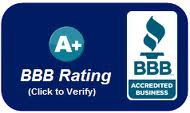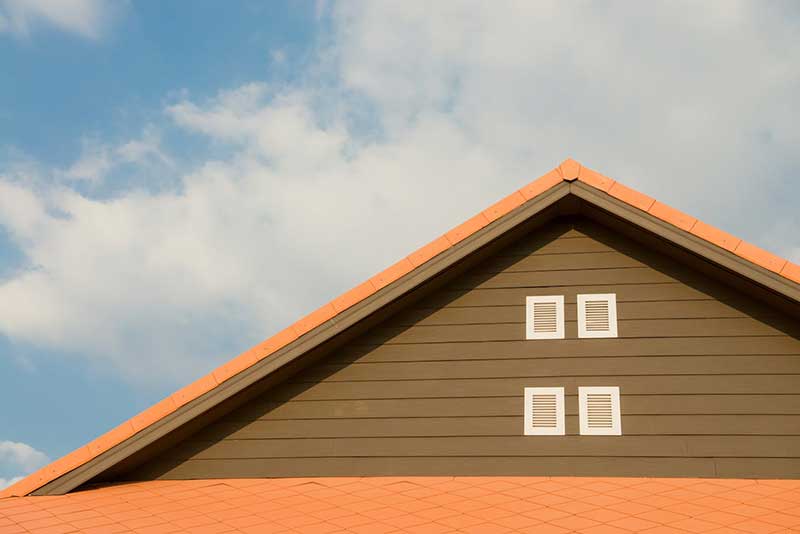
Photo by Tirachard Kumtanom
Moving to a new home comes with many decisions, but one often overlooked factor is the roof’s impact on energy costs. A poorly insulated or outdated roof can lead to high utility bills and uncomfortable indoor temperatures. Before settling in, it’s smart to evaluate a roof’s energy efficiency to avoid future expenses. A well-maintained, energy-efficient roof keeps your home cooler in summer and warmer in winter, reducing strain on your HVAC system.
Consider Professional Help with Moving
First of all, when you move to a new home, the process can feel overwhelming, with so many tasks to manage. So, hiring professional movers can take a huge load off your shoulders, especially in larger cities like Chicago, where traffic and logistics can complicate things. They handle all the packing, lifting, and transportation, allowing you to relocate without hassle. This saves you time and ensures your belongings are safe during the move. By trusting experts to manage the heavy lifting, you can focus on making sure everything is in place to ensure a smooth move.
Evaluate a Roof’s Energy Efficiency by Checking the Roofing Material
The type of roofing material affects how much heat a home absorbs or reflects. Some materials improve energy efficiency, while others trap heat and raise cooling costs.
- Metal roofing – Reflects sunlight, keeping indoor temperatures lower. It’s durable and often comes with energy-saving coatings.
- Asphalt shingles – Common but can retain heat, especially in hot climates. Some newer versions have reflective properties.
- Clay or concrete tiles – Naturally insulating and long-lasting. They help regulate indoor temperatures but are heavier than other options.
- Cool roofs – Designed with special coatings or materials that reflect more sunlight and absorb less heat.
If the home has an older roof, check if the materials meet modern energy standards. Some upgrades may improve performance and reduce costs.
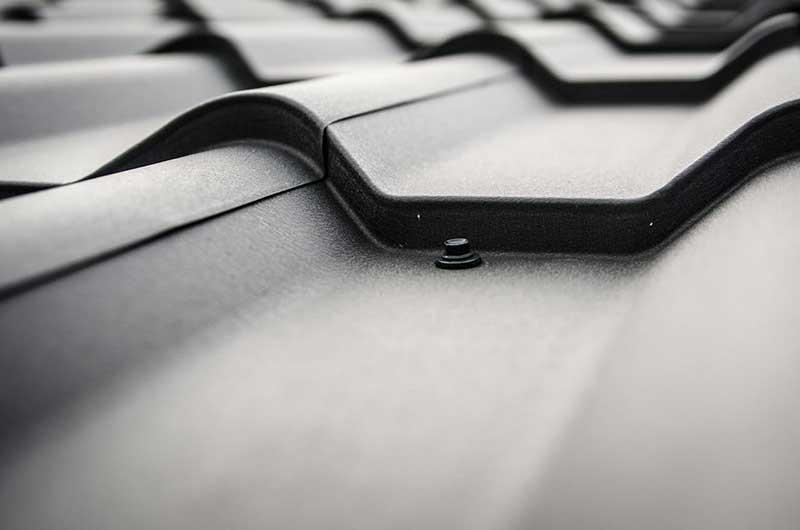
Metal roofs are durable, energy-efficient, and can withstand extreme weather conditions
Look at the Roof’s Color
The color of a roof affects how much heat it absorbs or reflects, which can impact indoor temperatures and energy costs. Dark-colored roofs tend to trap heat, making cooling systems work harder in warm climates. On the other hand, lighter-colored roofs reflect more sunlight, helping to keep the home cooler and reducing air conditioning use. Some modern roofing materials come with reflective coatings, improving energy efficiency even if the color is darker. Climate plays a role in whether a roof’s color is beneficial—darker roofs can help retain warmth in colder regions, while lighter ones are better suited for hot areas. If the home’s roof isn’t ideal for the climate, a reflective treatment or a material upgrade may help improve performance.
Inspect the Roof’s Insulation
Insulation is key to controlling indoor temperatures and preventing energy loss. Without proper insulation, heat escapes in winter and builds up in summer, making your HVAC system work harder. When you evaluate a roof’s energy efficiency, start by checking the attic or ceiling. Look for fiberglass batts, spray foam, or blown-in cellulose insulation, as these are common energy-saving materials. Gaps, compressed areas, or moisture stains can signal poor insulation, leading to temperature fluctuations and higher utility bills. If the home is older, the insulation may not meet current energy standards, making an upgrade necessary. A well-insulated roof keeps your home comfortable and reduces long-term heating and cooling costs.
Assess the Ventilation System
A well-ventilated roof helps regulate indoor temperatures and prevents moisture buildup. Poor ventilation can trap heat in summer and cause condensation in winter, leading to mold, rot, and higher energy costs. Check for ridge vents, soffit vents, or attic fans, as these allow air to flow properly. Blocked or insufficient vents can make cooling systems work harder, reducing efficiency. If the attic feels excessively hot or humid, the ventilation may need improvement. A properly designed system helps extend the roof’s lifespan while keeping the home comfortable year-round.
Check for Solar Panels or Solar-Ready Features
A roof with solar panels can significantly lower electricity bills, but not all homes are equipped for them. If the home already has solar panels, check their condition, efficiency, and installation date. Ask about energy production and whether they are still under warranty. If the roof doesn’t have panels, consider whether it’s solar-ready. A strong, well-positioned roof with minimal shade is ideal for solar installation. Some older roofs may need reinforcement before they can support panels. If solar energy is a priority, evaluating these factors can help determine if upgrades or adjustments are necessary.
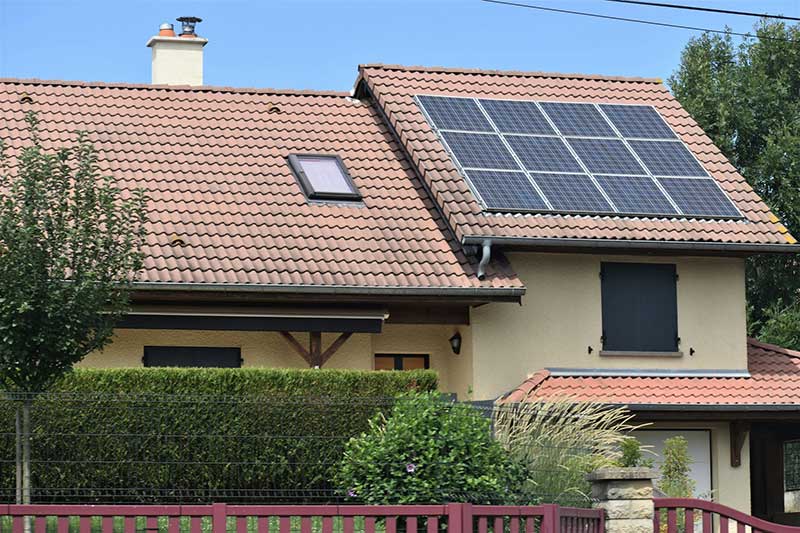
Photo by Daniele La Rosa Messina on Unsplash
Look for Energy Star or Cool Roof Ratings
Some roofs are designed to improve energy efficiency by reflecting more sunlight and absorbing less heat. Energy Star-certified roofing materials meet government standards for reducing heat buildup, which can lower cooling costs. Cool roofs use advanced materials or coatings to enhance reflectivity, keeping indoor temperatures more stable. If the home has an Energy Star label or a cool roof rating, it likely performs better in extreme temperatures. If not, adding a reflective coating or upgrading to energy-efficient materials can help improve performance and reduce long-term energy expenses.
Examine the Condition of the Roof
A roof’s overall condition directly impacts its energy efficiency. A roof with damage or wear can allow air to escape, leading to higher energy bills. Look for signs of aging, such as missing shingles, cracks, or visible wear. Check for leaks in the attic or water stains on the ceiling, as these can indicate poor insulation or ventilation. If the roof is older, consider how much longer it will last. A well-maintained roof performs better and helps keep your home comfortable year-round. If repairs or replacements are needed, tackling them sooner can prevent more costly issues later.
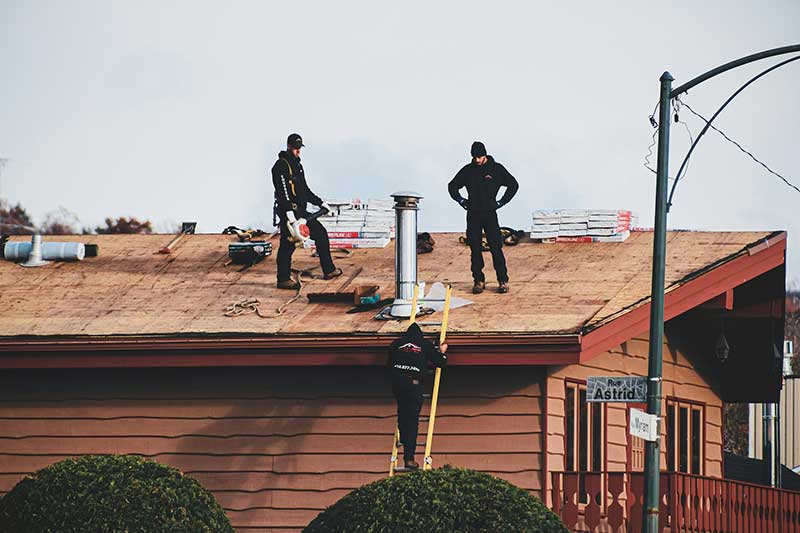
Consider the Roof’s Age and Maintenance History
The age of a roof is a crucial factor when evaluating its energy efficiency. Roofs older than 20 years may not meet modern energy standards and may need replacement soon. An older roof might have wear and tear that compromises its insulating properties. It’s also important to review the roof’s maintenance history. Frequent repairs could signal ongoing issues that affect its overall performance. If the roof has been well-maintained and regularly checked, it may still offer good efficiency, but if it has been neglected, the energy savings may be less than expected. Knowing the roof’s age and repair history helps you make an informed decision about potential upgrades or replacements.
Final Thoughts
A roof plays a key role in your home’s energy efficiency, impacting both comfort and utility costs. By learning how to evaluate a roof’s energy efficiency, you can identify potential problems and make informed decisions before moving in. Checking the roofing material, insulation, color, ventilation, and condition helps ensure your home stays comfortable without driving up energy bills. Whether the roof needs simple repairs or a full upgrade, addressing these factors can lead to long-term savings and a more energy-efficient home. Don’t overlook your roof—it’s an investment that pays off in lower costs and better living conditions.
Article by: Janice Ruano

